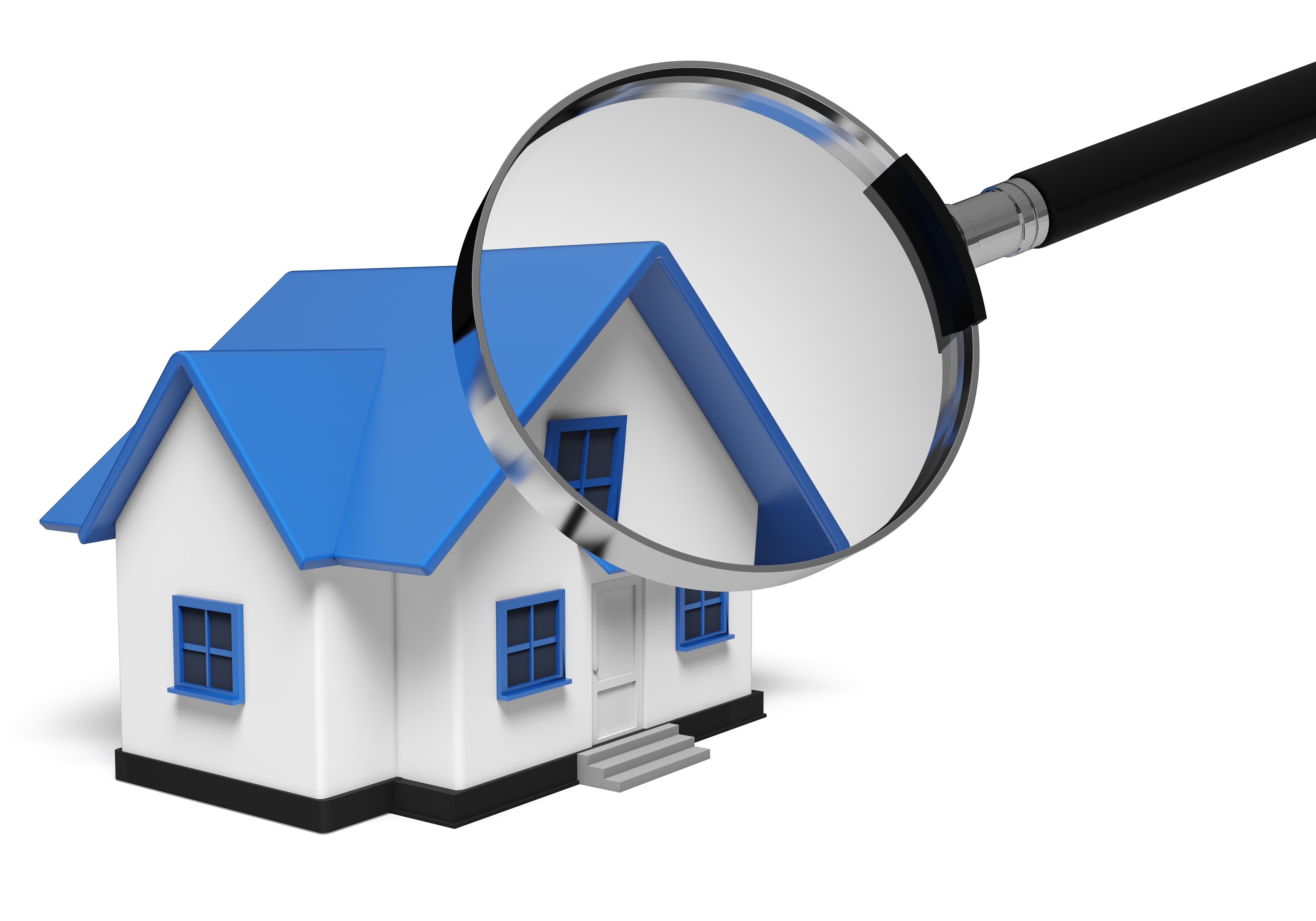
Understanding the Appraisal ProcessGetting real estate is the biggest investment some of us may ever make. Whether it's a primary residence, a seasonal vacation property or one of many rentals, purchasing real property is a detailed transaction that requires multiple people working in concert to make it all happen. You're likely to be familiar with the parties taking part in the transaction. The real estate agent is the most known face in the exchange. Then, the bank provides the money necessary to finance the deal. The title company ensures that all areas of the transaction are completed and that the title is clear to pass from the seller to the purchaser. So, who's responsible for making sure the value of the real estate is in line with the purchase price? In comes the appraiser. We provide an unbiased opinion of what a buyer could expect to pay — or a seller receive — for a parcel of real estate, where both buyer and seller are informed parties. A licensed, certified, professional appraiser from P1, Inc. will ensure, you as an interested party, are informed. The inspection is where an appraisal beginsOur first duty at P1, Inc. is to inspect the property to determine its true status. We must see aspects of the property hands on, such as the number of bedrooms and bathrooms, the location, and so on, to ensure they really exist and are in the shape a reasonable person would expect them to be. The inspection often includes a sketch of the house, ensuring the square footage is accurate and conveying the layout of the property. Most importantly, we identify any obvious features - or defects - that would affect the value of the house. After the inspection, we use two or three approaches to determining the value of the property: a paired sales analysis, a replacement cost calculation, and an income approach when rental properties are prevalent. 
Cost ApproachThis is where the appraiser analyzes information on local construction costs, the cost of labor and other elements to derive how much it would cost to replace the property being appraised. This estimate often sets the maximum on what a property would sell for. It's also the least used predictor of value. 
Analyzing Comparable SalesAppraisers are intimately familiar with the subdivisions in which they work. They innately understand the value of certain features to the residents of that area. Then, the appraiser looks up recent transactions in close proximity to the subject and finds properties which are 'comparable' to the property in question. Using knowledge of the value of certain items such as upgraded appliances, additional bathrooms, additional living area, quality of construction, lot size, we adjust the comparable properties so that they are more accurately in line with the features of subject property.
After all differences have been accounted for, the appraiser reconciles the adjusted sales prices of all the comps and then derives an opinion of what the subject could sell for. When it comes to associating a value with features of homes in Pittsboro and Hendricks, P1, Inc. can't be beat. This approach to value is usually given the most importance when an appraisal is for a real estate purchase. Valuation Using the Income ApproachA third method of valuing approach to value is sometimes applied when an area has a reasonable number of rental properties. In this case, the amount of revenue the property yields is taken into consideration along with other rents in the area for comparable properties to derive the current value. ReconciliationCombining information from all applicable approaches, the appraiser is then ready to stipulate an estimated market value for the subject property. The estimate of value at the bottom of the appraisal report is not necessarily the final sales price even though it is likely the best indication of a property's valuePrices can always be driven up or down by extenuating circumstances like the motivation or urgency of a seller or 'bidding wars'. But the appraised value is typically used as a guideline for lenders who don't want to loan a buyer more money than the property is actually worth. The bottom line is, an appraiser from P1, Inc. will guarantee you attain the most fair and balanced property value, so you can make the most informed real estate decisions. |